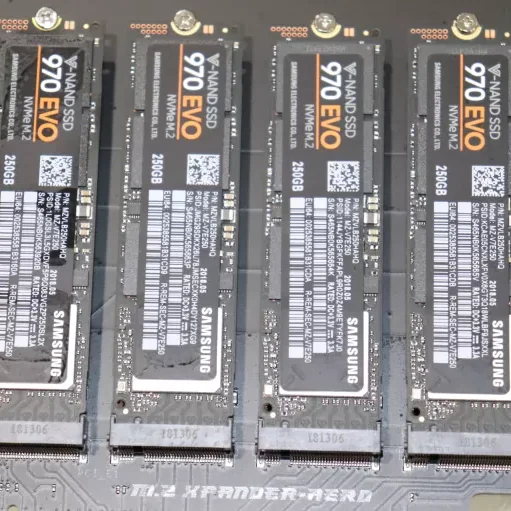Facebook To Trial Btrfs Deployments

Chris Mason said this morning during a storage/file-system talk at the Linux Foundation Collaboration Summit from Napa Valley that Facebook will indeed be trying out Btrfs in some deployments at his new employer. At some time going forward, they will first be trying out the Btrfs file-system within their "web tier" at Facebook, which is the tier that's easiest to recover from in case of any issues with their initial roll-out.
A few months ago the Linux kernel block maintainer joined Facebook along with the lead Btrfs file-system developers. Chris Mason and the other developers are continuing to work on the upstream Btrfs file-system support while at Facebook.
Among the advantages of Btrfs over EXT4 or other mature file-systems is support for sub-volumes, snapshots, built-in file-system compression, built-in RAID support, and various other modern features.
When the audience was asked during this morning's file-system and storage session whether anyone was running a production deployment of Btrfs, no hands were raised.
It looks like in 2014 might finally be the year we see more real-world deployments of Btrfs in place of EXT4 or XFS. This year openSUSE 13.2 is switching to Btrfs by default for new installations as the first tier-one Linux distribution relying upon the next-generation open-source file-system. As of right now there's no immediate plans for Ubuntu, Debian, or Fedora to switch over to Btrfs but they remain alternative file-systems that can be selected at install time.
18 Comments

